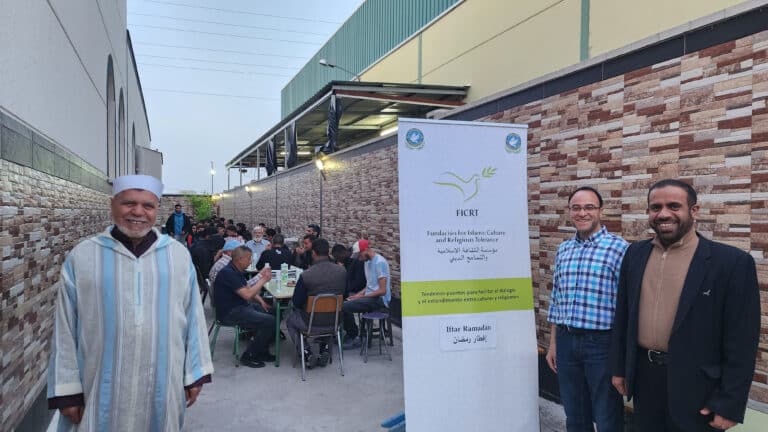With the expansion of the Internet at the beginning of the 21st century, we were all amazed and aware of the many opportunities it created for networking. Since that time and increasingly, the different parts of our world have felt closer and closer to each other as the possibilities of reaching different corners of the earth have been exponentially multiplied by the advent of new devices, applications, improved connections, notifications, etc.
However, despite this growing interconnectedness, the era of communication has often been more an era of “connectivity” than one of encounter and dialogue. Thus, different analysts and thinkers have warned of the phenomenon of polarization that occurs via the Internet, but also of the paradoxical increase in loneliness, isolationism or individualism, as collected, among other authors, by the South Korean philosopher Byung-Chul Han in his work In the Swarm (2014).
Perhaps these consequences of the age of interconnection are the most visible and the ones that generate the most media “noise”, but -unfortunately- they are not the only ones. At the same time, more and more initiatives are succeeding in making “the network” a space that goes beyond interconnection and creates effective communication through the generation of active and permanent channels for dialogue, including interreligious dialogue. This was pointed out by Julian Bond, director of the Christian-Muslim Forum from 2006 to 2015 : the internet has become a space of possibilities for interreligious dialogue.
Among the many initiatives that have emerged in recent years, the Muslim Council of Elders (Muslim Council of Elders, created in 2014), announced in 2016 the launch of a project for the promotion of the culture of dialogue and the establishment of effective communication channels between young people and religious leaders via the internet.
https://www.woolf.cam.ac.uk/blog/can-interfaith-dialogue-happen-online
The Covid-19 pandemic has been particularly relevant for the consolidation of a trend change in this regard. Until a few years ago, we thought of the Internet as a space in which interconnections are made so that projects and meetings can be carried out in “real life”. But in recent years, and particularly during this period of time in which we have spent a good part of our time at home, this notion is undergoing a transformation as we discover that the Internet is also part of our real life and, therefore, a space to bet on to create stable and viable channels of dialogue and encounter for the promotion of a culture of tolerance.
This was the case during the last G20 Interfaith Forum, which took place between October 3 and 16, 2020 and brought together more than 2,000 leaders and representatives of different world religions in the digital space. In recent months, spaces and webinars that promote and reflect on intercultural and interreligious dialogue have multiplied, such as the Interfaith Dialogue Forum for Peace (IDFP) seminars or the meeting between Christians, Jews and Muslims organized by the Foundation for Islamic Culture and Religious Tolerance in May 2020 to commemorate the World Day of Prayer convened by the High Committee for Human Fraternity.
What consequences can this commitment to communication, beyond interconnection, have on the Internet for interreligious dialogue?
Traditionally, the possible disconnect that sometimes arises between parts of interreligious dialogue initiatives, whose most relevant and mediatically important milestones are usually carried out at a high institutional level, and the general public, who often do not know what has taken place, has been underlined.
The generation of digital spaces for interreligious dialogue can promote a more effective interconnection between institutional dialogue and the “dialogue of life” (Eck 1987), that is, a unique opportunity for people who are distant from the place where the meeting is taking place to attend, participate digitally in it, and even become agents of interreligious dialogue in their contexts.
In this way, an interreligious dialogue on the Internet that has gone beyond interconnection towards effective communication becomes a channel of connection between institutional dialogue and everyday life or, in other words, the driving force behind a culture of tolerance both on the Internet and in our streets and neighborhoods.






